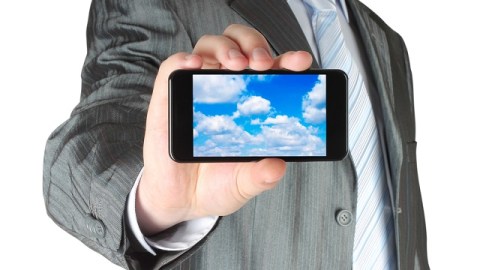How To Donate Your Smartphone’s Power To Science

What’s the Latest Development?
This week, developers at the University of California-Berkeley released an app that can take advantage of Android smartphones’ downtime to provide extra computational power for major research projects. Named after an existing initiative that uses volunteers’ desktop and laptop computers, the Berkeley Open Infrastructure for Network Computer (BOINC) app lets owners decide how much of their battery’s power can be used, how much data traffic can take place, and whether that traffic happens via wi-fi, among other preferences.
What’s the Big Idea?
Research scientist and BOINC creator David Anderson says, “There are about a billion Android devices right now, and their total computing power exceeds that of the largest conventional supercomputers….Our main goals are to make it easy for scientists to use BOINC to create volunteer computing projects to further their research, and to make it easier for volunteers to participate.” Some of the projects currently supported by the BOINC app include FightAIDS@Home, which works on finding improved AIDS therapies, and Einstein@Home, which searches space telescope data for evidence of pulsars.
Photo Credit: Shutterstock.com




